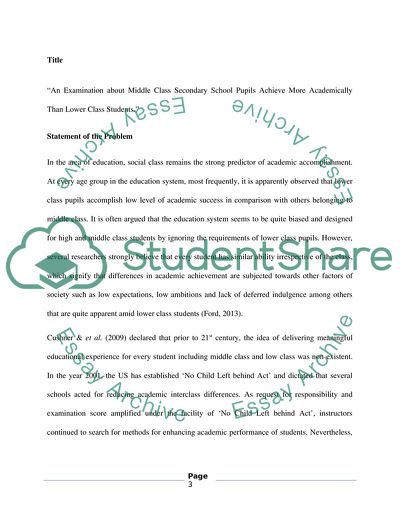Cite this document
(Middle-Class Secondary School Pupils Achieve More Academically Than Research Proposal Example | Topics and Well Written Essays - 4000 words, n.d.)
Middle-Class Secondary School Pupils Achieve More Academically Than Research Proposal Example | Topics and Well Written Essays - 4000 words. https://studentshare.org/education/1828040-assignment
Middle-Class Secondary School Pupils Achieve More Academically Than Research Proposal Example | Topics and Well Written Essays - 4000 words. https://studentshare.org/education/1828040-assignment
(Middle-Class Secondary School Pupils Achieve More Academically Than Research Proposal Example | Topics and Well Written Essays - 4000 Words)
Middle-Class Secondary School Pupils Achieve More Academically Than Research Proposal Example | Topics and Well Written Essays - 4000 Words. https://studentshare.org/education/1828040-assignment.
Middle-Class Secondary School Pupils Achieve More Academically Than Research Proposal Example | Topics and Well Written Essays - 4000 Words. https://studentshare.org/education/1828040-assignment.
“Middle-Class Secondary School Pupils Achieve More Academically Than Research Proposal Example | Topics and Well Written Essays - 4000 Words”. https://studentshare.org/education/1828040-assignment.


